Since President Trump first threatened tariffs, there have been growing calls to help our businesses find new markets in Europe, Asia and the rest of the world. Finding new markets for our products would certainly help reduce the impact of U.S. tariffs on our economy.
The problem is that our ports are not very productive and would struggle to handle the additional load of goods.
Each year, the World Bank analyzes 405 ports around the world and ranks them based on the time spent at berth loading and unloading ships. Canada’s largest container ports – Montreal, Vancouver and Prince Rupert – rank 351st, 363rd and 397th, respectively.
Only the Port of Halifax, Canada’s fourth busiest port, manages to rank among the top 100, in 95th position.
This directly affects our businesses. The longer a ship is processed, the longer it has to be immobilized, the higher the costs for the shipping company handling the cargo.
The higher the transportation costs, the less competitive Canadian businesses are in foreign markets. Not to mention the added costs for all of us, the consumers, who rely on imports for some essentials.
But why are Canadian ports so far behind?
Technology, or rather the lack of it, is one of the main reasons.
Read more in an article from Le Soleil (translated from French).




